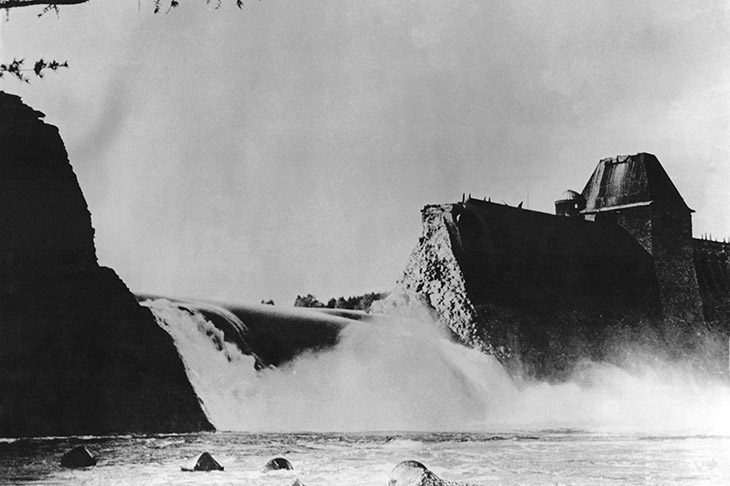The great bomber pilot Guy Gibson had a black labrador with a racist name. This shouldn’t matter, except Gibson loved the dog, and its name was used as a codeword during the bombing raid which made Gibson famous, upon the Mohne and Eder dams in Germany in May 1943. The 1955 movie The Dam Busters retells the story of the raid in thrilling melodrama, and inevitably includes repeated mentions of the troubling name.
Already a subscriber? Log in
Subscribe for just $2 a week
Try a month of The Spectator Australia absolutely free and without commitment. Not only that but – if you choose to continue – you’ll pay just $2 a week for your first year.
- Unlimited access to spectator.com.au and app
- The weekly edition on the Spectator Australia app
- Spectator podcasts and newsletters
- Full access to spectator.co.uk
Or
Unlock this article
You might disagree with half of it, but you’ll enjoy reading all of it. Try your first month for free, then just $2 a week for the remainder of your first year.














Comments
Don't miss out
Join the conversation with other Spectator Australia readers. Subscribe to leave a comment.
SUBSCRIBEAlready a subscriber? Log in